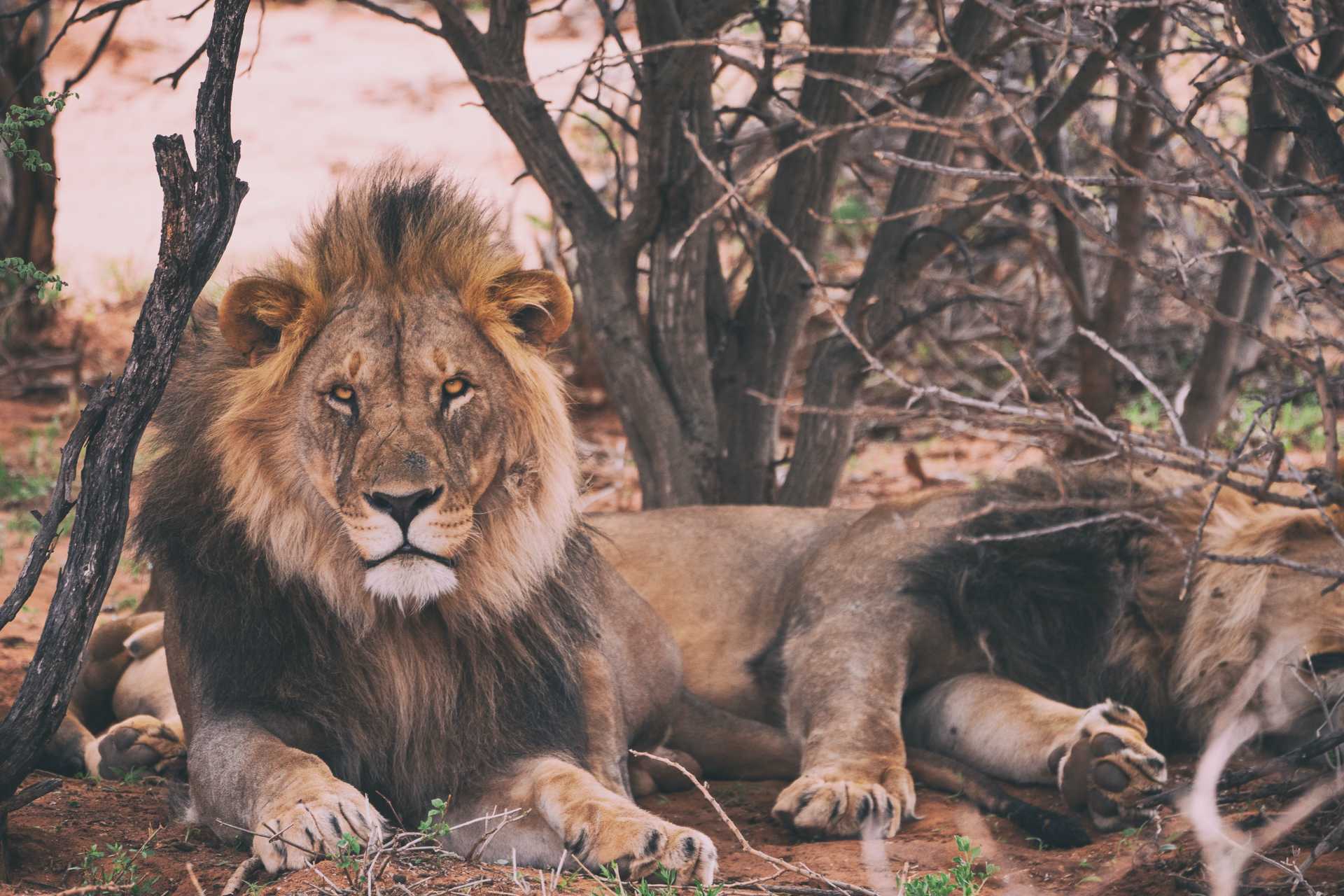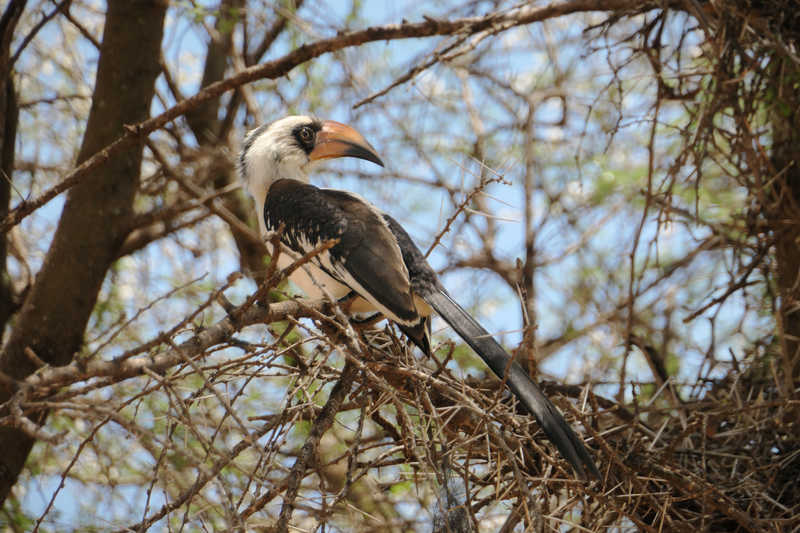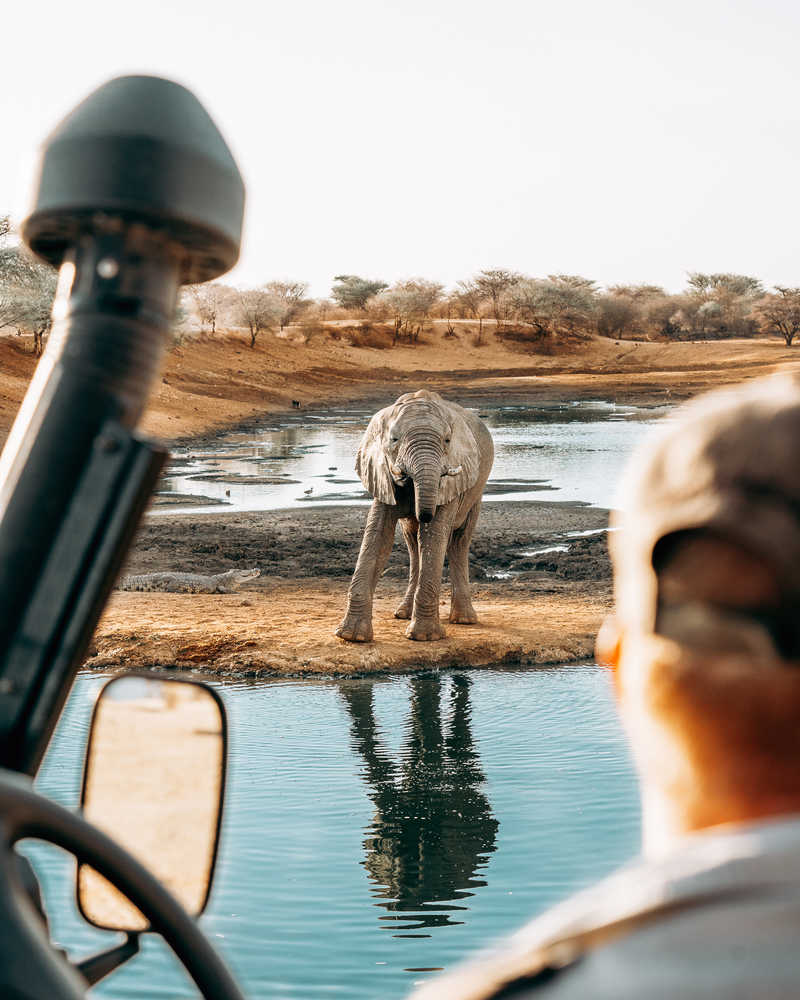7-day Safari
- Kandoo Safaris

Contact
our UK team

You'll need to organise their own flights to Kilimanjaro International Airport (JRO). From JRO we will arrange a private transfer to your hotel in Arusha. That night or early the next morning you will meet your local Kandoo representative and have a full briefing.
You will be met by your private guide and vehicle and driven to Lake Manyara, arriving with plenty of time for an afternoon game-drive. Located beneath the cliffs of the Manyara Escarpment, on the edge of the Rift Valley, Lake Manyara National Park is famous for its large alkaline soda lake which is home to the pink flamingo, yellow-billed stork and heron. If you are lucky you may get chance to see the tree climbing lions, which are unique to this national park. Watch out for some fun antics from the local baboon population; Lake Manyara is believed to have the largest number of these primates in the World!
After breakfast, you will take a picnic lunch with you as you continue to the Serengeti, a drive of around 4 ½ hours through the Ngorongoro Conservation Area. Your journey will take you to the Olduvai Gorge, where the Leakeys discovered the hominoid remains of a 1.8 million year old skeleton of Australopithecus boisei, one of the distinct links of the human evolutionary chain. In a small canyon just north of the Ngorongoro Crater, the Leakeys and their team of international archaeologists unearthed the ruins of at least three distinct hominoid species, and also came upon a complete series of hominoid footprints estimated to be over 3.7 million years old. Evacuated fossils show that the area is one of the oldest sites of hominoid habitation in the world. You will then continue into the Serengeti, with game viewing en-route.
After breakfast you will set out with a picnic lunch for a full day game drive. Serengeti National Park is one of world’s greatest game parks. Meaning “endless plains” in the Maasai language, it is Tanzania’s oldest game reserve and is world-famous for the role it plays in the annual Great Migration, when an estimated two million herbivores - mostly wildebeest and zebra - migrate from the Serengeti to Kenya’s Maasai Mara Game Reserve.
You will leave the safari camp at your leisure for another full day game viewing in the Serengeti National Park. During June, the migrating herds will be collecting in the western corridor, preparing to cross the Grumeti River. Even when the migration is quiet, the Serengeti offers some of the most exciting game viewing – great herds of buffalo, smaller groups of elephant and giraffe, as well as thousands of eland, topi, hartebeest, impala and Grant’s gazelle.
Your third day exploring this amazing park which is home to the richest grazing grounds on the continent. As well as the vast migratory herds, the Serengeti has incredible concentrations of predators - huge lion prides, great leopard sightings and high numbers of cheetahs.
After an early breakfast, you will drive to the fascinating wildlife arena of the Ngorongoro Conservation Area. The crater, a UNESCO World Heritage site, is over 260km2 (100 miles2) and was formed when a massive volcano exploded and collapsed on itself 2 - 3 million years ago. It is now the largest intact volcanic caldera in the world and often referred to as “Africa’s Eden”. Home to more than 25,000 large mammals, it is not unusual to see all of the ‘Big Five’ (buffalo, elephant, rhino, lion and leopard) in a single day. Driving through the Ngorongoro Highlands, you will arrive at the crater rim and then descend down 610m (2000 feet) onto its floor to start your safari extravaganza.
The Tarangire River runs through the park attracting a huge number of elephants, buffalo, giraffe and antelope, particularly in the dry season between June and October. It is not uncommon to see large herds of elephants roaming through Tarangire's savannah grasses or taking shade under the odd looking "upside down trees" (baobab) that are dotted around the park. This park is also a "must see" for avid birdwatchers, boasting over 550 different bird species, the most diverse in Africa, including the Kori Bustard, the heaviest flying bird in the World! Following a morning game-drive you will start your journey back to your hotel in Arusha or onward transfer to Kilimanjaro Airport.
Water
Waste systems are very basic in the middle of the African savannah so to try and reduce the amount of plastic waste on our trips we ask that you bring a Nalgene, or equivalent, water bottle with you on safari. We provide a large tank of mineral water so you can refill your water bottle throughout the day as needed to avoid excessive consumption of single use plastic bottles.
The
different National Parks – Tarangire, Lake Manyara and Ngorongoro – may look
close on a map, but there is a considerable amount of driving between each
location. Approximate driving times are listed below. While this gives you the
opportunity to see more of the Tanzania countryside – look out for Maasai
villages beside the road, children tending their herds of goats and cattle, and
road-side markets – you will not see any game during these transit times.
If you
are relying on a credit or debit card for emergency funds, make sure you tell
your card issuer that you will be using it abroad, or you may find that it
won't work when you really need it.
Please
Note that not all hotels can accept card payments so you may need to use an ATM
to access funds.
Want to ask us a question or book a private trip? Don't hesitate to contact us!
Contact us


